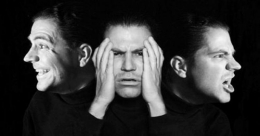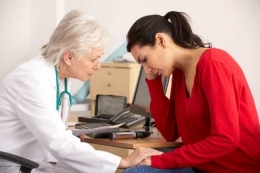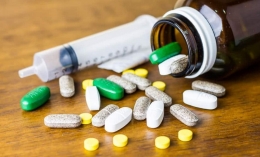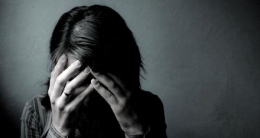To treat hallucinations and delusions, your doctor will prescribe an antipsychotic drug in the lowest possible dose. Antipsychotics work by inhibiting the effects of dopamine and serotonin in the brain. Patients must continue taking antipsychotics for a lifetime, even though their symptoms have improved.
Antipsychotic drugs can be given in tablet or injection form. The form of the drug given depends on the patient's willingness to be treated. In patients who are easily managed, the doctor will give an antipsychotic tablet form. But in patients who are difficult to be given antipsychotic tablets, doctors will give injectable antipsychotics. Some side effects of antipsychotic drugs that can appear:
- Gain weight
- Decreased sex drive
- Convulsions
- Dry mouth
- Blurred vision
- Dizzy
- Tremor
Antipsychotics are divided into typical types (old generation) and atypical (new generation). At present, doctors recommend atypical antipsychotics, because they have fewer side effects than typical antipsychotics. Some typical types of antipsychotics are chlorpromazine, fluphenazine, and haloperidol. While atypical antipsychotic types include aripiprazole, clozapine, olanzapine, and risperidone.

2. Psychotherapy
Psychotherapy aims to make the patient able to control the symptoms they experience. This therapy will be combined with medication. Some psychotherapy methods, including:
- Individual therapy. In this therapy, the psychiatrist will teach the patient's family and friends, how to interact with the patient. One of the ways is to understand the patient's mindset and behavior.
- Cognitive-behavioral therapy. This therapy aims to change the patient's behavior and mindset. The combination of cognitive-behavioral therapy and drugs will help patients understand the triggers of hallucinations and delusions and teach patients how to overcome them.
- Cognitive remediation therapy. This therapy teaches patients how to understand the social environment, as well as improve the ability to pay attention or remember something and control their thought patterns.
3. Electroconvulsive Therapy
Electroconvulsive therapy is the most effective method to relieve suicidal ideation, overcome symptoms of severe depression, and treat psychosis. Therapy is done 2-3 times a week, for 2-4 weeks, and can be combined with psychotherapy and drug administration.
In this therapy, patients will be given general anesthesia and drugs to make the patient's muscles more relaxed. Then, the doctor will install electrodes on the patient's fontanel. Low electric current will flow through the electrodes, and trigger brief seizures in the patient's brain.
Baca konten-konten menarik Kompasiana langsung dari smartphone kamu. Follow channel WhatsApp Kompasiana sekarang di sini: https://whatsapp.com/channel/0029VaYjYaL4Spk7WflFYJ2H










